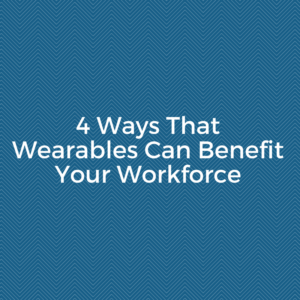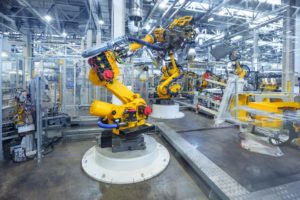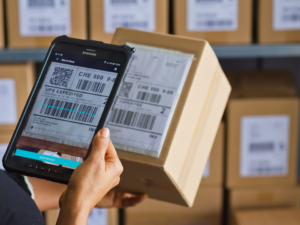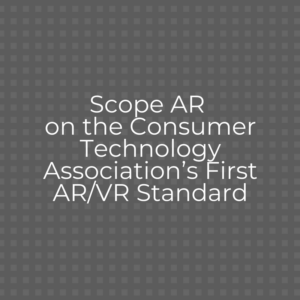4 Ways That Wearables Can Benefit Your Workforce

Wearables have the potential to increase value of workers by improving physical and perceptual abilities, according to the report. Wearables such as smart glasses, sensors, smart watches, and exoskeletons are reducing in size, weight, and cost for enterprises, as well as offering the ability to collect and process data in real time.
The report is quoted in the article, finding that wearable technologies can improve workers’ productivity as well as fill in the gaps in their skills or overcome physical limitations. Wearables are being increasingly offered as a service and end-to-end solution, which increases ease of adoption in the enterprise. Other factors that make wearables more attractive for enterprises in the US include:
- The aging workforce
- Skills shortage
- Rise in remote working
- Increase in workplace safety regulations
Wearables enable business leaders to navigate these problems via augmentation of workers’ abilities, e.g. increasing physical strength, providing instructions, alerting for hazards, and facilitating virtual interactions, all of which can potentially increase safety and productivity.
The four ways in which wearables can benefit your workforce as listed in the report are:
- Enhancing strength and endurance. Workers can be equipped with exoskeletons in organisations that require physical labour, helping them to conserve energy and avoid straining. Examples of this include Lowe’s robotic exosuits released in 2017, and Ford’s use of exoskeletons for manufacturing workers. Audi, Gammon, and the US Navy are also utilising or evaluating the tech, which is claimed to be particularly useful for aging workers as it helps to avoid injuries and overexertion.
- Augmenting vision. Instructions offered in a worker’s field of view via AR or VR can aid duration and quality of work, design and data analysis abilities, and improve team collaboration. An example of this is GE Aviation’s use of smart glasses improving efficiency by 8-12% and reducing errors.
- Empowering speech and hearing. Voice-controlled wearables and hearables offer workers hands-free access to instructions to increase efficiency. An example of this is Lufthansa using voice-based headphones that enable a two-technician job to be completed by just one, as one would have to read out instructions. Instead, the maintenance checklist is converted to voice commands which the technician can respond to.
- Improving awareness. Wearables can provide quicker task and situational awareness to workers to aid work quality and productivity. An example of this is the Cincinnati/Northern Kentucky International Airport’s use of smart watched to alert cleaning crews when / where they are needed.
Worker safety can be improved by these tools by monitoring the worker’s physical status in addition to environmental conditions, notifying them when either becomes dangerous.








